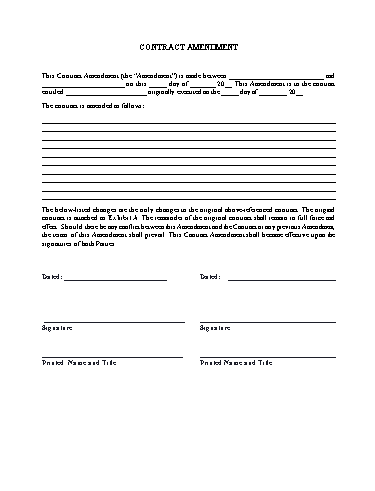
The only proper way to object to the approval of the clerk/secretary’s draft of the meeting minutes is to propose a correction. A person does not have to have been present at a meeting in participate in approving the minutes of that meeting. They should be clearly marked “draft.” Wait until minutes are approved to post them to the website. Draft minutes will be included in the agenda packet that is sent to the board and posted for the public. It is no longer considered necessary to include the words “respectfully submitted” above the clerk/secretary’s signature. Lengthy ordinances may be recorded separately. #AMENDING MINUTES AFTER APPROVAL FULL#
Minutes should include the specifics of any election held and the full text of any policy adopted. If a body wishes to include reports of committees or other bodies in its minutes, the committee should be requested to provide the summary. It is burdensome and inefficient for staff to be expected to write down summaries of oral reports. They do not need to be part of the minutes. Written reports can be received for filing separately. Do not write, for example, “the motion passed with members X and Y voting against.” When voting details are included, it should be immediately clear how each member voted. Voice votes, if allowed in your state, may be recorded in the minutes as “the motion passed” or “the motion failed.” Roll call votes and counted votes must be recorded in full detail. Minutes cannot be altered to include something that didn’t actually happen. Members should not be allowed to provide new material after the meeting to be included in the minutes. It is sufficient to say that “public comment was given.” In our view minutes should not record detailed public comment. However, the body may vote to include anything it chooses in its record. Personal opinions do not belong in the minutes. Putting something “on the record” is a privilege of the body. Withdrawn motions are not normally included in the minutes. “After discussion and amendment, the following motion was adopted…” Instead, include the final text of the motion. Keep track of amendments, but do not include each individual amendment in the minutes. However, if a higher authority requires this, include it. According to Robert, do not record the name of the seconder in the minutes. However, the Robert’s Rules Association says that it should be included. If a motion does not receive a second, Jurassic Parliament recommends that it not be included in the minutes. If the body wants to give reasons for its actions, use a resolution with “whereas” clauses. Include all points of order, appeals, and their result. Minor procedural motions such as approving the agenda or calling the question do not need to be included. 
Minutes should include each main motion and its disposition (passed, failed, referred to committee, postponed, etc.).Study sessions and committee meeting minutes may include more administrative detail.

These are generally a waste of time, effort and resources.
We recommend that boards and councils do not keep detailed minutes of discussion (“he said, she said”). Summary minutes include a summary of the key points of discussion, without attribution to individual speakers. 
We recommend action minutes for local government. Minutes should record what is done, not what is said.Public hearings are governed by different rules. They refer to ordinary business and work or study meetings of councils, boards and committees. These are our guidelines for meeting minutes in local government. Meeting minutes recording the actions taken by your council or board are a fundamental part of the meeting process.







 0 kommentar(er)
0 kommentar(er)
